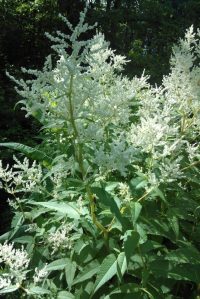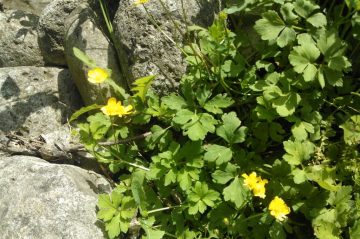Herbology is the art of combining medicinal herbs
Chinese herbal medicine is one of the great herbal systems of the world, with an unbroken tradition going back to the 3rd century BC. Yet throughout its history it has continually developed in response to changing clinical conditions, and has been sustained by research into every aspect of its use. This process continues today with the development of modern medical diagnostic techniques and knowledge.
Because of its systematic approach and clinical effectiveness it has for centuries had a very great influence on the theory and practice of medicine in the East, and more recently has grown rapidly in popularity in the West.
Herbology is one of the more important modalities utilized in traditional Chinese medicine (TCM). Each herbal medicine prescription is a combination of many herbs tailored to the individual patient. The practitioner usually designs a remedy using one or two main ingredients that target the illness. Then the practitioner adds many other ingredients to adjust the formula to the patient’s specific condition. Some herbs require the use of other ingredients as catalyst or else the decoction is ineffective. The latter steps require great understanding and knowledge, and make the difference between a good Chinese herbal doctor and an amateur. Unlike western medications, the balance and interaction of all the ingredients are considered more important than the effect of individual ingredients.





A key to success in TCM is the treatment of each patient as an individual.
Chinese medicine recognizes that health is more than just the absence of disease and it has a unique capacity to maintain and enhance our capacity for well being and happiness.

The historical roots of modern western pharmacology were embedded in herbal medicine
Aspirin was originally derived from the bark of willow trees, morphine from the seeds of poppy flowers, penicillin from fungus, quinine from the bark of the cinchona tree, and digitalis from the leaves of foxglove. Pharmaceutical laboratories continue to extract active ingredients from plant materials (a quarter of modern prescription drugs include plant extracts) as well as prepare wholly synthetic compounds. Yet by the time we see the white aspirin tablet imprinted with a brand name , or a vial of morphine, the willow tree and poppy field have slipped from view and been forgotten. About three-quarters of the world’s people still rely on traditional medicine today.

The herbal formula is designed to treat the condition and bring the body and mind back to a state of balance and health
It is not simply aimed at masking symptoms such as pain or insomnia. For instance, a person who comes for treatment for chronic headaches because they have developed tolerance to pharmaceutical pain killers might receive an herbal formula that does not contain any pain killing active ingredients. The headaches soon become milder and less frequent until they disappear altogether. This is truly the marvel of Chinese herbology, as the cure is achieved through tailoring a formula to the person and not just the disease, and using the herbs wholly, with their entire arsenal of active compounds rather than synthesized version of a single active compound.